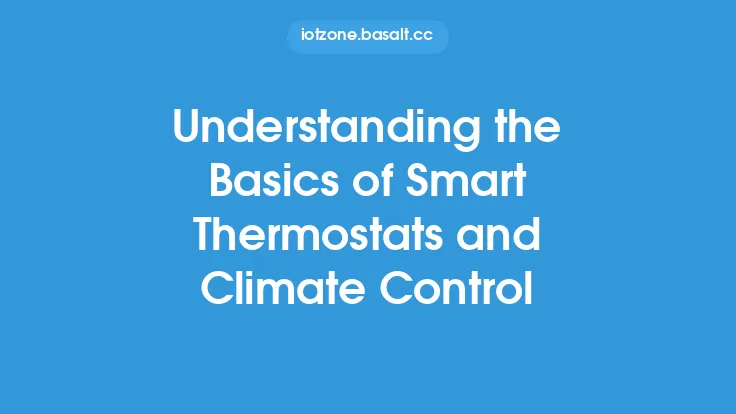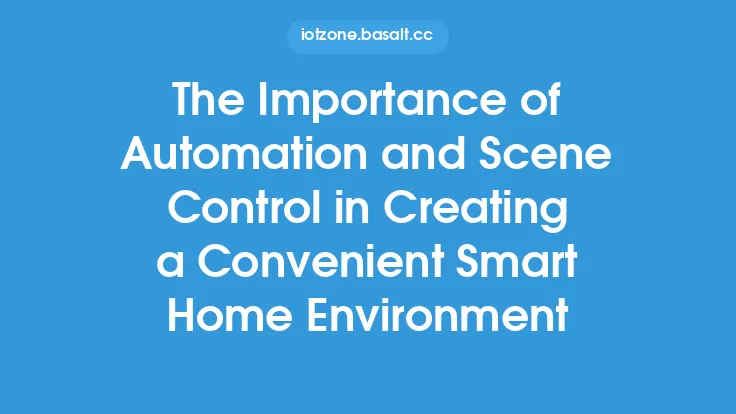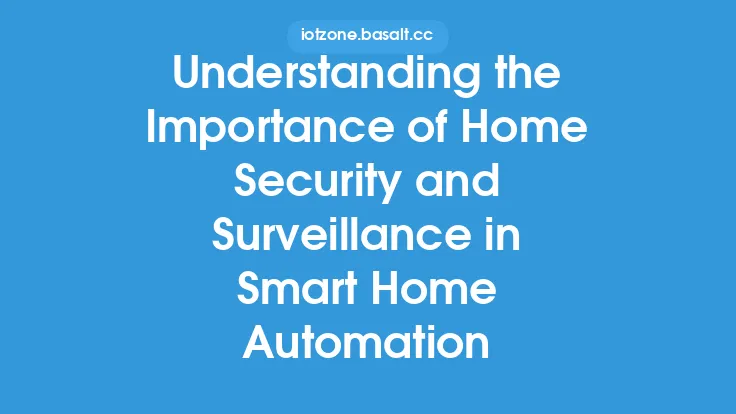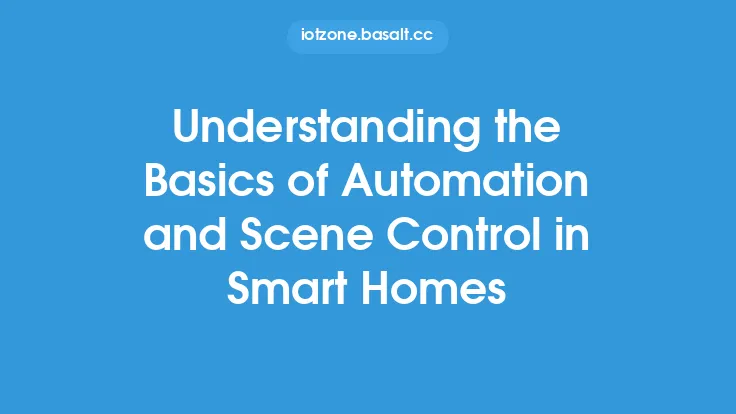Humidity control is a crucial aspect of smart climate systems, playing a significant role in maintaining a comfortable and healthy indoor environment. While temperature control is often the primary focus of smart thermostats and climate control systems, humidity levels can have a profound impact on both the comfort and well-being of occupants, as well as the integrity of the building itself. In this article, we will delve into the importance of humidity control in smart climate systems, exploring the reasons why it is essential, the benefits it provides, and the technologies used to achieve optimal humidity levels.
Introduction to Humidity Control
Humidity control refers to the process of regulating the amount of moisture in the air to maintain a comfortable and healthy indoor environment. The ideal relative humidity (RH) level for indoor spaces is between 30% and 60%, with an optimal range of 40% to 50%. When the RH level is within this range, occupants are likely to feel comfortable, and the risk of mold growth, dust mites, and other moisture-related issues is minimized. However, when the RH level is too high or too low, it can lead to a range of problems, including discomfort, health issues, and damage to the building and its contents.
The Importance of Humidity Control
Humidity control is essential for several reasons. Firstly, it helps to maintain a comfortable indoor environment, which is critical for the health, well-being, and productivity of occupants. When the RH level is too high, the air can feel sticky and clammy, leading to discomfort and fatigue. On the other hand, when the RH level is too low, the air can feel dry and irritating, leading to respiratory problems and skin irritation. Secondly, humidity control helps to prevent moisture-related issues, such as mold growth, dust mites, and wood rot. These issues can not only damage the building and its contents but also pose serious health risks to occupants. Finally, humidity control can help to reduce energy consumption and costs by minimizing the need for heating and cooling.
Benefits of Humidity Control
The benefits of humidity control are numerous and well-documented. Some of the most significant benefits include:
- Improved comfort: Humidity control helps to maintain a comfortable indoor environment, which is critical for the health, well-being, and productivity of occupants.
- Reduced health risks: By preventing moisture-related issues, such as mold growth and dust mites, humidity control can help to reduce the risk of respiratory problems, allergies, and other health issues.
- Protection of building and contents: Humidity control can help to prevent damage to the building and its contents, including wood rot, warping, and corrosion.
- Energy efficiency: By minimizing the need for heating and cooling, humidity control can help to reduce energy consumption and costs.
- Extended equipment life: Humidity control can help to extend the life of heating, ventilation, and air conditioning (HVAC) equipment by reducing the risk of corrosion and damage.
Technologies Used for Humidity Control
Several technologies are used to achieve optimal humidity levels in smart climate systems. Some of the most common technologies include:
- Humidistats: Humidistats are devices that measure the RH level in the air and control the operation of humidifiers or dehumidifiers to maintain a set point.
- Humidifiers: Humidifiers are devices that add moisture to the air to increase the RH level. They are commonly used in dry climates or during the winter months when the air is dry.
- Dehumidifiers: Dehumidifiers are devices that remove moisture from the air to decrease the RH level. They are commonly used in humid climates or during the summer months when the air is humid.
- Heat recovery ventilation (HRV) systems: HRV systems are designed to recover heat from exhaust air and transfer it to fresh air, while also controlling the RH level.
- Desiccant-based systems: Desiccant-based systems use a desiccant material to absorb or release moisture from the air, depending on the RH level.
Implementation of Humidity Control in Smart Climate Systems
The implementation of humidity control in smart climate systems typically involves the integration of humidistats, humidifiers, dehumidifiers, and other technologies into the HVAC system. This can be achieved through the use of smart thermostats, building management systems (BMS), or home automation systems. These systems can be programmed to maintain a set point RH level, while also taking into account other factors, such as temperature, occupancy, and outdoor weather conditions. Additionally, some smart climate systems can learn the occupancy patterns and preferences of the occupants and adjust the humidity levels accordingly.
Challenges and Limitations of Humidity Control
While humidity control is an essential aspect of smart climate systems, there are several challenges and limitations that must be considered. Some of the most significant challenges include:
- Accuracy and reliability of humidistats: Humidistats can be prone to errors and drift over time, which can affect their accuracy and reliability.
- Cost and complexity: Humidity control systems can be more expensive and complex than temperature control systems, which can make them less accessible to some users.
- Integration with other systems: Humidity control systems must be integrated with other systems, such as HVAC and BMS, which can be challenging and require significant expertise.
- Maintenance and calibration: Humidity control systems require regular maintenance and calibration to ensure optimal performance, which can be time-consuming and costly.
Conclusion
In conclusion, humidity control is a critical aspect of smart climate systems, playing a significant role in maintaining a comfortable and healthy indoor environment. The benefits of humidity control are numerous and well-documented, including improved comfort, reduced health risks, protection of building and contents, energy efficiency, and extended equipment life. While there are several challenges and limitations to humidity control, the use of advanced technologies, such as humidistats, humidifiers, dehumidifiers, and desiccant-based systems, can help to overcome these challenges and achieve optimal humidity levels. As the demand for smart climate systems continues to grow, the importance of humidity control will only continue to increase, making it an essential consideration for builders, architects, and homeowners alike.





